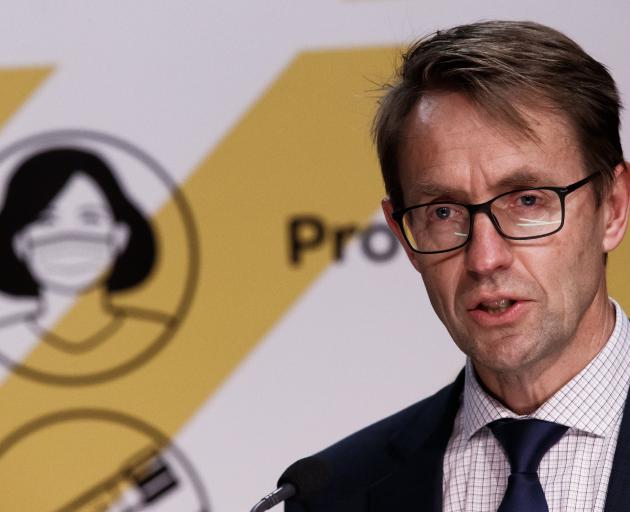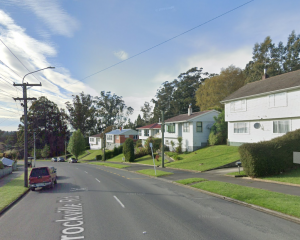
Wastewater takes quite the trip from your toilet bowl to becoming a statistic in the briefings.
It all begins with the collection of a sample.
In Dunedin, the Dunedin City Council has been collecting wastewater samples twice weekly from the Tahuna wastewater plant for several months.
Since the country moved to Alert Level 4 restrictions, samples have also begun being taken from the Green Island and Mosgiel wastewater treatment plants.
It is not as simple as collecting a bottle of murky water from the pipeline, though.
Instead, wastewater treatment technicians need to take a small sample every 15 minutes over the course of an entire day to create a composite sample.
These small splashes are all added together, and the resulting mixture is poured into a sample bottle.

ESR, which is a Crown Research Institute that specialises in science relating to people and communities, is responsible for turning sewage samples from around the country into hard data.
ESR chief scientist Dr Brett Cowan said identifying Covid-19 in wastewater makes finding a needle in a haystack look easy by comparison.
‘‘There’s about a billion litres of sewage every day in New Zealand.
‘‘If we were to put the coronavirus on the head of a pin, there might be a million, million viruses on that pin[head].
‘‘ESR’s challenge is to look through a billion litres to find a virus that small.’’
The key to detecting the submicroscopic-sized minuscule pathogen is to concentrate samples down to a more manageable size.
The first step is to take 500ml from the sample received and store the rest.

This is then concentrated to remove all the water, with a half-litre sample yielding about half a teaspoon of matter to be analysed.
This material can then be subjected to a PCR (polymerase chain reaction) test, just as a nasal swab would be.
The PCR test involves treating the sample chemically and processing it through a machine called a thermal cycler.
The sample is subjected to alternating heating and cooling cycles which multiplies fragments of viral material, producing millions of copies.
A chemical in the test tube produces fluorescent light if Covid-19 is found in the sample, with detection of this light resulting in a positive test.
It takes 24 to 48 hours for a result to be found from when PCR begins on a sample.
Test results are then sent to the Ministry of Health to inform public health decisions.
A positive test alone is not necessarily a cause for concern though.
University of Otago geneticist Prof Neil Gemmell said wastewater testing provided a ‘‘barometer of what’s going on’’.
Detecting the virus in wastewater did not necessarily mean the virus was active in the community, as people who had the virus but recovered were possibly able to shed the virus for months afterwards.
Wastewater testing had the sensitivity to give a positive sample if the virus was shed from about three people in 100,000.
‘‘So, if there’s only one case here at the moment, maybe it won’t get picked up,’’ Prof Gemmell said.
‘‘And a lot of it depends on the amount of shedding, and also the volume of wastewater, because after rainfalls and various other things, the volume of wastewater goes up so your sensitivity goes down.’’
The benefit in wastewater testing lay in giving a snapshot of what the virus was doing in a community over time.
If the amount of material detected was going up, the virus was likely spreading in the population.
‘‘Just as you look to a barometer to rise or fall to give you an indication of the impending weather, you’re using wastewater detection to tell you first that you’ve got it, but then you’re looking at it to tell you whether it’s rising or falling, that gives you an indication of the direction of travel of the pandemic.’’
These changes in level are what the Ministry of Health is looking for, comparing an area’s wastewater test results to what they know about its active and recovered cases.
If results do not match what they would expect to see, measures ranging from increased wastewater testing through to changes in alert levels can be made.
In the case of the Christchurch positive result, positive cases in managed isolation and quarantine could have caused the result, so a more targeted set of wastewater tests was ordered.
The final step of the process takes place in the Beehive Theatrette as Dr Ashley Bloomfield, or another ministry official, shares wastewater testing results with the whole population in Covid briefings on national television.
One day soon, when the current lockdown is over, wastewater testing will not stop.
It will remain a canary in the coalmine, ready to alert New Zealand if Covid-19 returns.











